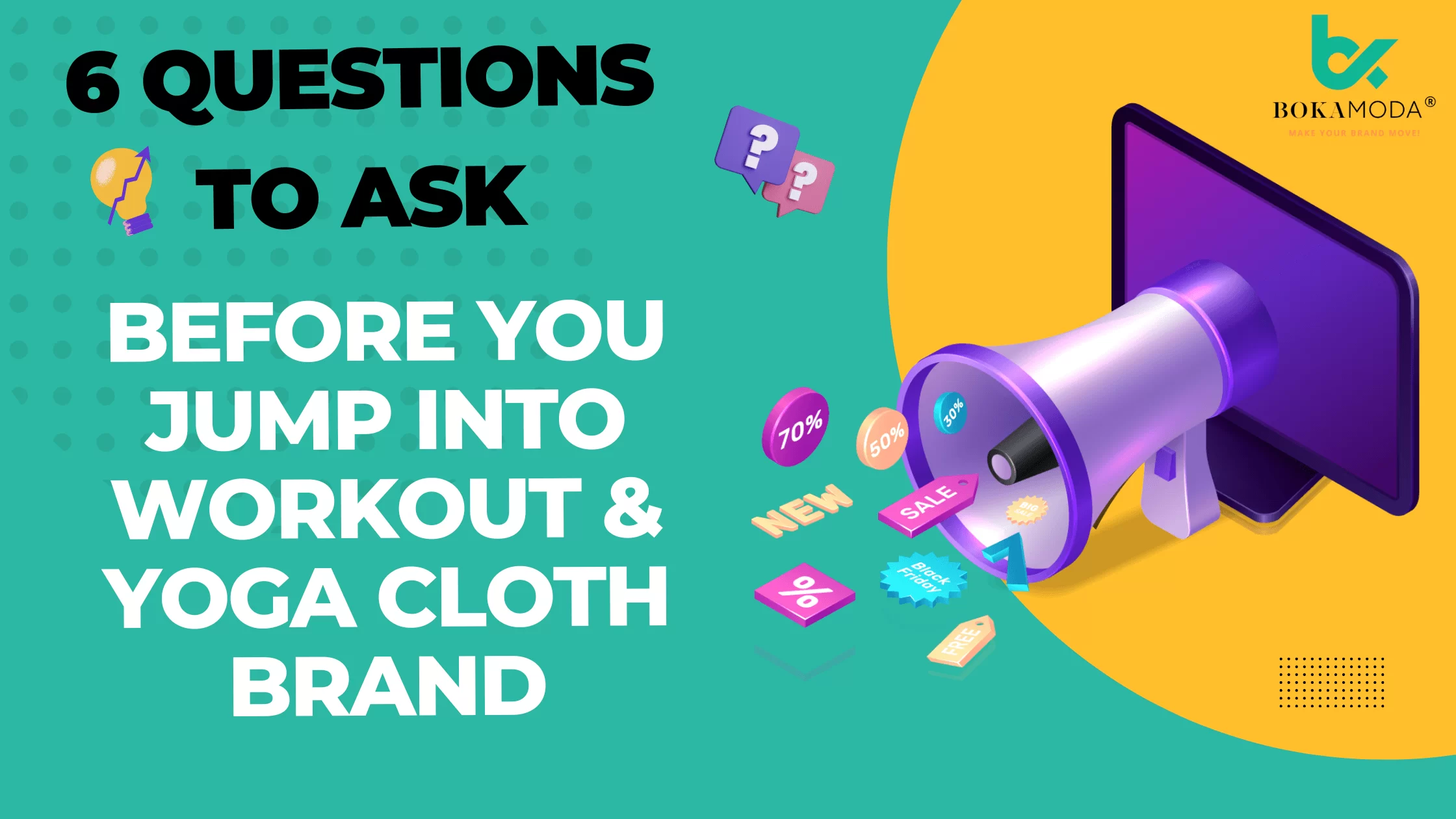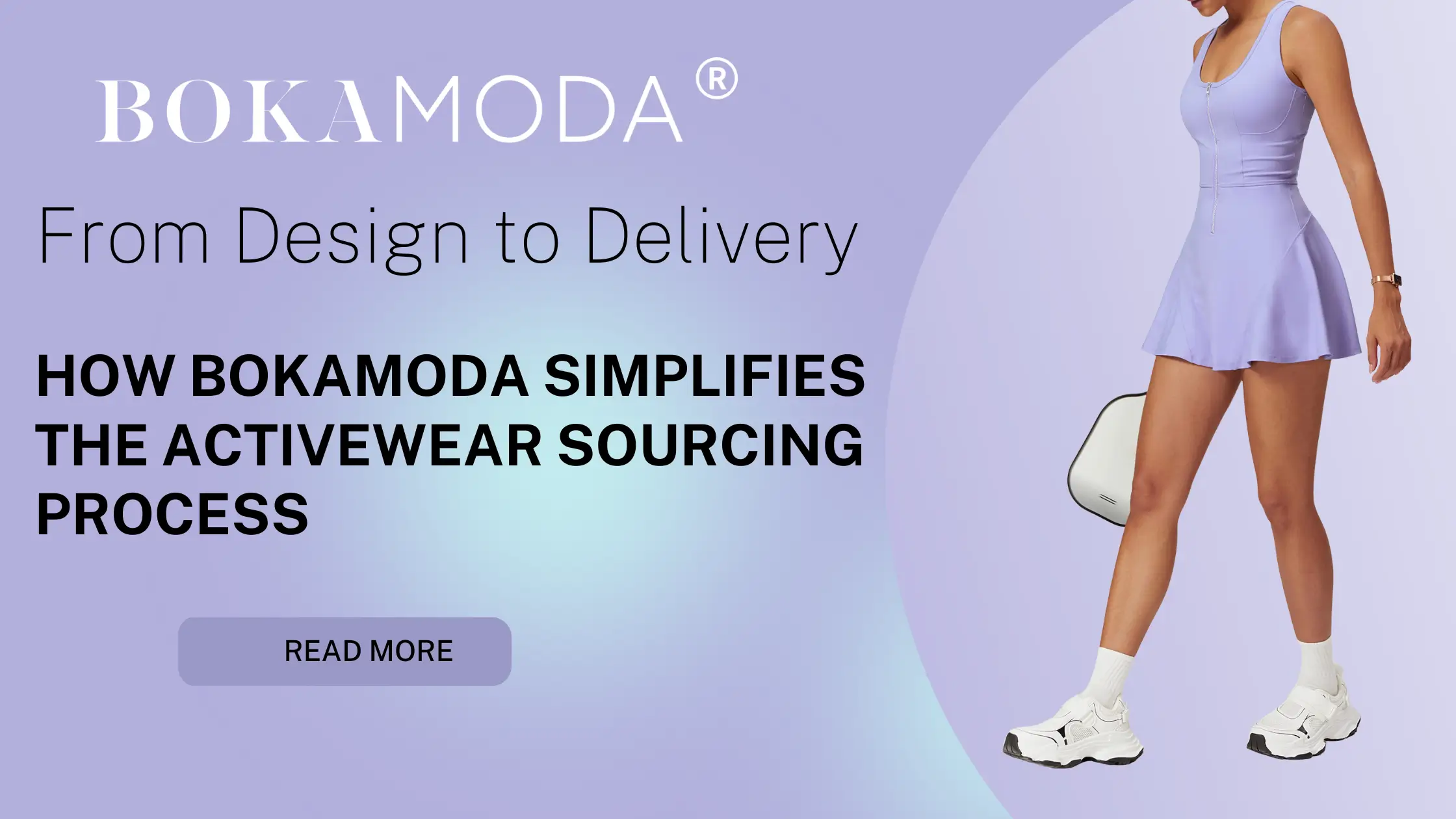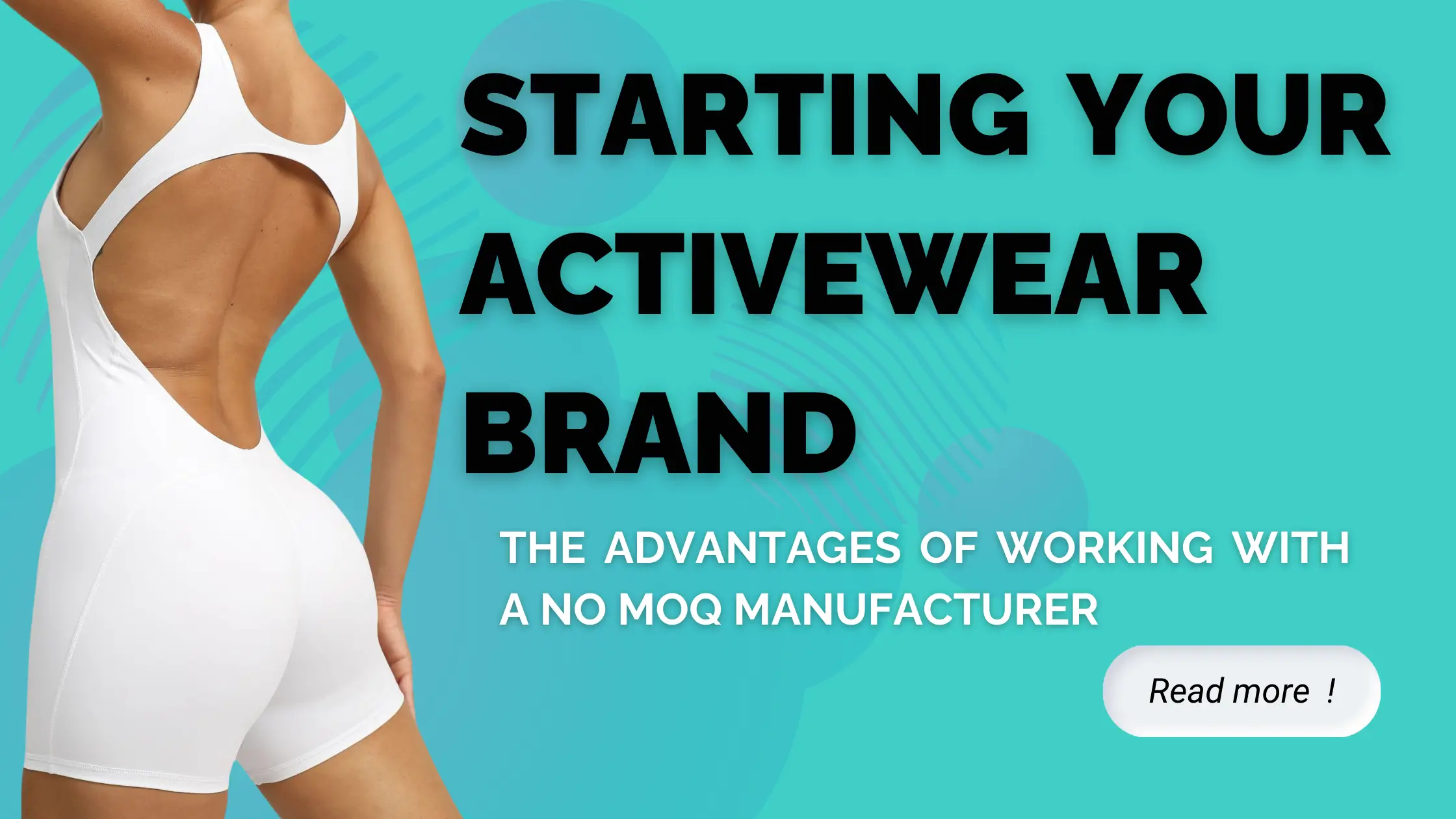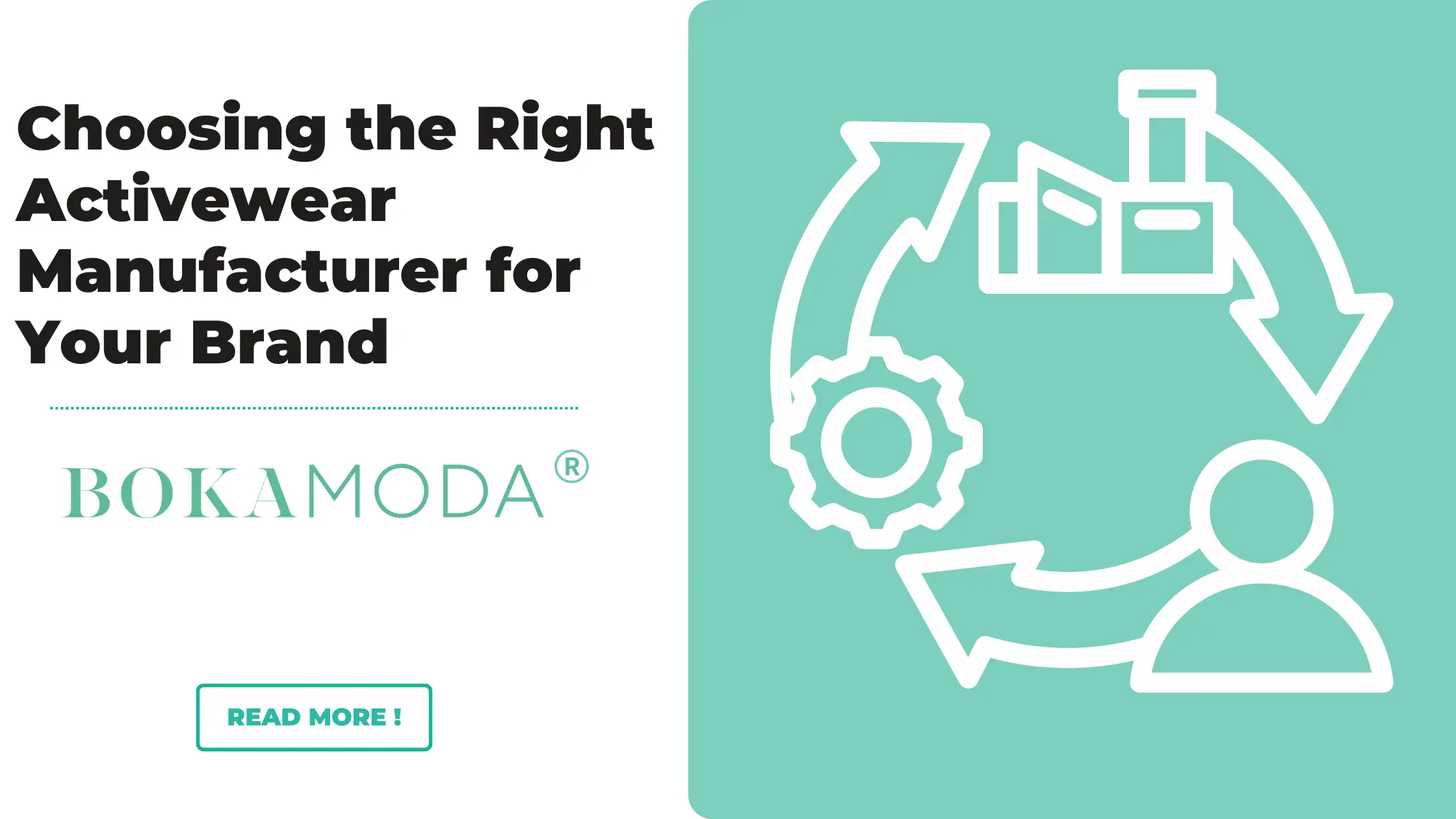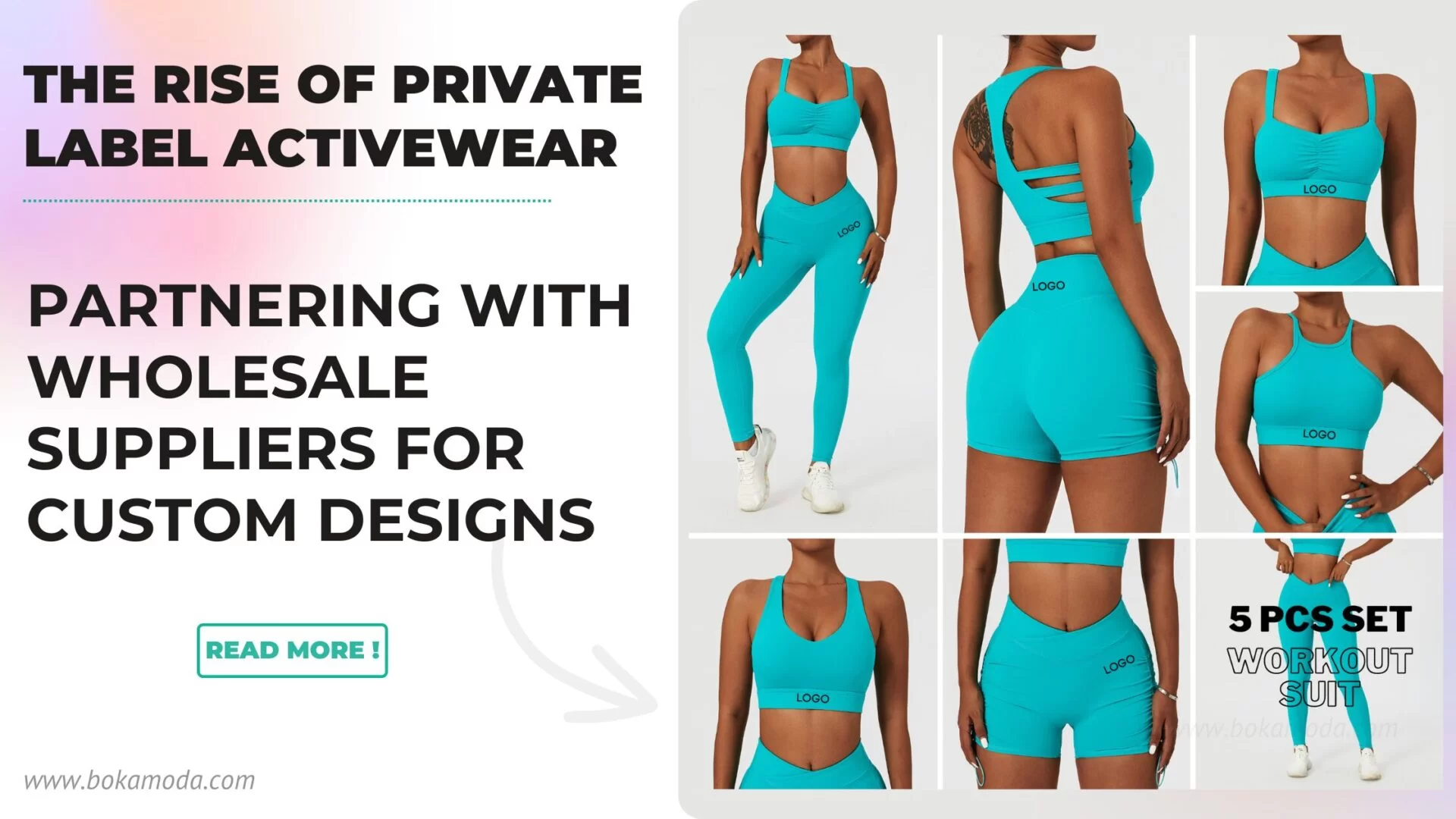1- What’s your target market?

One of the first things to consider is who you’re targeting with your brand. Are you focusing on a specific age group, gender, or fitness level? Will your clothing be geared towards a particular type of workout, such as running, yoga, or CrossFit? Identifying your target market will help you create a brand that resonates with your desired customers and allows you to tailor your marketing efforts accordingly.
It’s important to be as specific as possible when identifying your target market. For example, instead of targeting “women who do yoga,” you might narrow your focus to “millennial women who practice hot yoga at least three times per week.” This level of specificity will allow you to create a brand and marketing message that speaks directly to your target audience, increasing the chances of success.
Moreover, it’s also important to research the competition. Who are the other brands targeting the same audience as you? What sets your brand apart from these competitors? Understanding the competitive landscape will help you create a unique value proposition and find ways to stand out in the crowded workout and yoga clothing market.
2- What’s your brand’s aesthetic?

<a href=”https://www.freepik.com/free-vector/aesthetic-fashion-logo-business-template-branding-design-vector-set_18879949.htm”>Image by rawpixel.com</a> on Freepik
Your brand’s aesthetic will help set you apart from other workout and yoga clothing brands and give your customers a sense of what they can expect from your products. Are you going for a sleek, high-tech look, or a more laid-back, bohemian vibe? Consider factors such as the colors and fonts you’ll use, as well as any graphics or patterns you might incorporate.
It’s important to be consistent in your branding across all touchpoints, from your website and social media accounts to the packaging of your products. This consistency will help establish a clear brand identity and make it easy for customers to recognize and remember your brand.
In addition to visual branding elements, your brand’s aesthetic should also encompass the values and mission of your business. What sets your brand apart from others in terms of sustainability, social responsibility, or other key values? Make sure your brand’s aesthetic aligns with these values and communicates them to your audience.
3- What’s your pricing strategy?

Pricing is an important consideration for any business, and it’s especially crucial for workout and yoga clothing brands. You’ll need to take into account factors such as the cost of materials, labor, and shipping, as well as your target market’s willingness to pay. It can be helpful to research the pricing strategies of other similar brands to get a sense of what the market will bear.
There are a few different pricing strategies you might consider, such as cost-plus pricing (where you determine the price of your products based on the cost of production plus a markup), value-based pricing (where you set the price based on the perceived value of your products to the customer), or competition-based pricing (where you set your prices based on the prices of similar products offered by competitors).
It’s important to strike a balance between pricing your products too low and pricing them too high. If your prices are too low, you may not be able to sustain your business in the long term. On the other hand, if your prices are too high, you may struggle to attract customers. It can be helpful to test different pricing strategies through small-scale promotions or discounts to see how they impact demand for your products.
4- How will you manufacture and distribute your products?
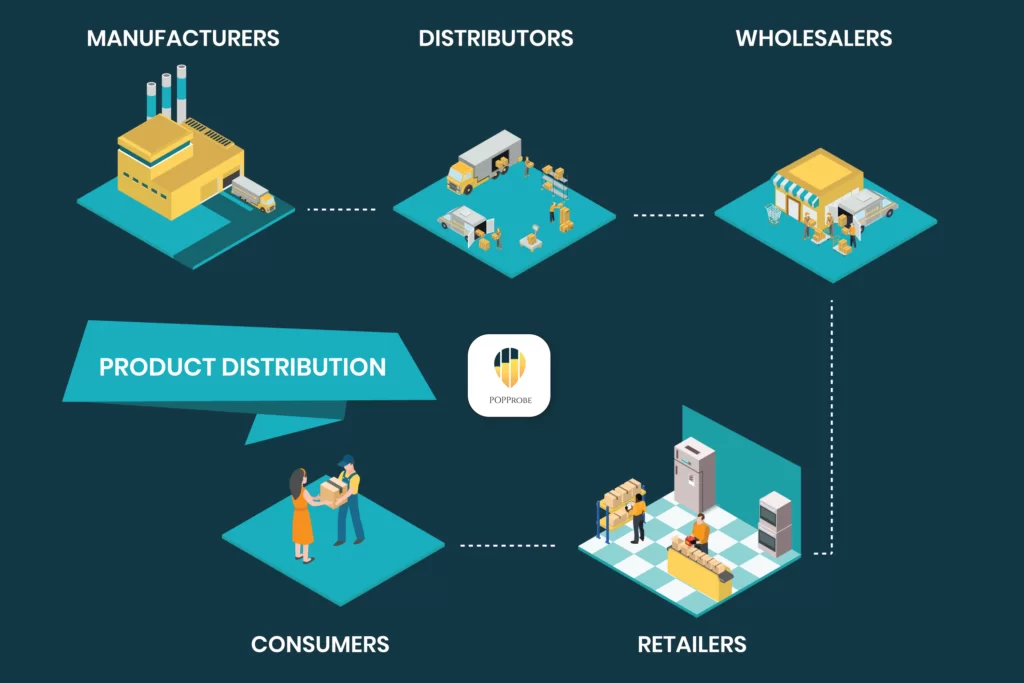
As you consider starting a workout or yoga clothing brand, one key question to ask yourself is how you will manufacture and distribute your products. There are a few different options to consider, and the one you choose will depend on your business goals and resources.
One option is to manufacture your products in-house. This can give you greater control over the production process and allow you to respond quickly to changes in demand or other issues. However, it can also be more expensive and time-consuming, as you’ll need to invest in equipment, hire and train staff, and manage all aspects of production.
Alternatively, you can outsource production to a third-party manufacturer. This can be a more cost-effective solution, as you won’t need to invest in equipment or hire staff. However, you’ll need to carefully research and select a reliable manufacturer, and you’ll need to be comfortable relinquishing some control over the production process.
Once you’ve decided on a manufacturing strategy, you’ll need to consider distribution. You can choose to handle distribution yourself, either by fulfilling orders from your own warehouse or by working with a fulfillment center. Alternatively, you can work with a distributor who will handle the storage and distribution of your products.
No matter which manufacturing and distribution strategy you choose, it’s important to carefully plan and prepare in order to ensure the success of your business.
5- What’s your marketing plan?

As you start your own workout or yoga clothing brand, it’s important to have a clear marketing plan in place to help you reach your target audience and promote your products. Here are a few things to consider as you develop your marketing plan:
Identify your target audience
As mentioned earlier, it’s important to be as specific as possible when identifying your target market. This will allow you to create a marketing message that speaks directly to your desired customers and increases the chances of success.
Determine your budget
Marketing can be expensive, so it’s important to determine how much you’re willing and able to spend on marketing efforts. This will help you prioritize your efforts and make the most of your budget.
Develop a marketing strategy
Once you know your target audience and budget, you can start to develop a marketing strategy. This might include tactics such as social media marketing, email marketing, influencer partnerships, or paid advertising.
Create promotional materials
In order to effectively promote your brand and products, you’ll need a range of promotional materials such as website copy, product descriptions, social media posts, and email campaigns. Make sure these materials are consistent with your brand’s aesthetic and messaging.
Measure and analyze your results
As you implement your marketing efforts, it’s important to track and analyze the results. This will help you understand what’s working and what’s not, and allow you to make adjustments as needed.
By carefully planning and executing your marketing efforts, you can effectively reach your target audience and promote your workout or yoga clothing brand.
6- How will you handle customer service?
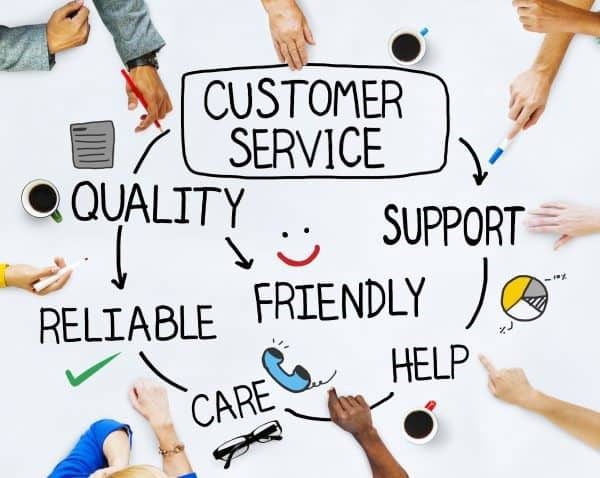
As you start your own workout or yoga clothing brand, it’s important to consider how you will handle customer service. Good customer service is essential for any business, and it’s especially important for a clothing brand where customers may have questions or concerns about sizing, fit, or other product details. Here are a few things to consider as you plan for customer service:
Determine your customer service channels
Will you offer customer service via email, phone, or live chat? Or will you use a combination of these channels? It’s important to consider the preferences of your target audience and the resources you have available for customer service.
Set customer service hours
Determine when you will be available to answer customer inquiries and make sure this information is clearly communicated to your customers.
Train your customer service team
If you have a dedicated customer service team, make sure they are well-trained and knowledgeable about your products and policies.
Have a system in place for handling complaints and returns
It’s important to have a process in place for handling customer complaints and returns in a timely and professional manner. This can help mitigate negative experiences and maintain customer satisfaction.
By planning for customer service and making it a priority for your business, you can ensure that your customers have a positive experience with your brand. This can help build customer loyalty and drive repeat business for your workout or yoga clothing products.
